Ingredients: 125g butter, ¾ cup caster sugar, 1 teaspoon vanilla essence, 1 egg, 2 bananas (ripe & mashed), 1 ½ cups self-raising flour, and a ¼ cup of milk.
That's what you need to make a banana cake.
You've also got to follow the recipe. But without the ingredients, anything else is irrelevant: No matter what you do, it just won't be a banana cake.
Similarly, you need the right ingredients to make a lead magnet tasty enough for your prospects to eat up and come back for more.
The Lowdown on the Lead Magnet
Before we go on, let's spell out what a lead magnet is: A lead magnet is an offer, incentive, or product intended to give your visitor value in return for their personal information (usually an email address or phone number).
A lead magnet is your metaphorical apple pie on a metaphorical window sill, metaphorical scent wafting out into the world and inviting people to take a closer look.
And if that apple pie turns out to be a tasty treat, then...
- More and more of your "ideal customers" find you
- More of those prospects will sign up or start a relationship, meaning more leads, deeper engagement (and ultimately, more sales)
- Better brand awareness for your business as more people get to know you
- A bigger and better reputation in the industry
- The potential to "go viral," with your lead magnet drawing a flood of leads
A second-rate lead magnet that doesn't appeal to your target audience is worse than useless. Your email list doesn't grow, traffic doesn't increase, and your marketing budget gets eaten up without anything to show for it.
In short, lead magnets can make or break your marketing campaign.
So, I'm guessing your next question after this: "What are the ingredients I need for a lead-generating, reputation-growing, crowd-pleasing lead magnet for my business?"
Three Essential Ingredients of a Perfect Lead Magnet
1. Target the right audience with the right lead magnet
Before you rush out to hire a freelancer to write a report for you, there are two things you need to ask:
- What stage of the buyer's journey are my prospects in?
- What form of lead magnet is most relevant and useful to my prospects?
They're connected: The stage your prospects are in guides what form your lead magnet takes.
At any given moment, your prospects are at different stages of their journey to buy from you.
Those stages can be categorized like this:
- Awareness
- Consideration
- Decision
If you're getting a lot of visitors who've never heard of you, they're still in the Awareness stage. That means you want your lead magnet to...
- Tell them more about you
- Show them you're an expert who understand their problems
- Convert them into leads so you can build a relationship with them
Content pieces such as e-books, reports, tools (like a checklist) and quizzes are perfect for this stage.
For example, King Kong—a digital marketing agency in Australia—uses polished reports to build awareness of who they are, their expertise, and how they solve the reader's problem.
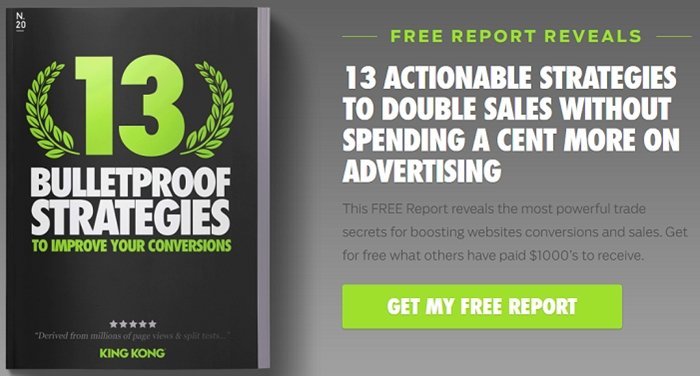
Source: King Kong
Leads in the Consideration phase are looking for their best option. To show you're the No. 1 choice, you'll want lead magnets that demonstrate your ability to solve their biggest problems. Videos, whitepapers, short courses, and case studies are great lead magnets for these prospects.
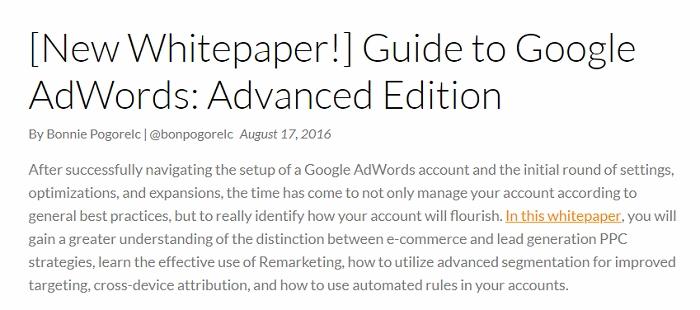
Source: PPC Hero
If your leads are ready to decide, it's time to go all out convincing them to entrust their dollars to you.
If you're creating a lead magnet for these folk in the Decision stage, you'll ideally do it as a discount, free trial, demo, or other incentive that encourages them to buy or give your product a very close look. Like this Warming Store discount code:
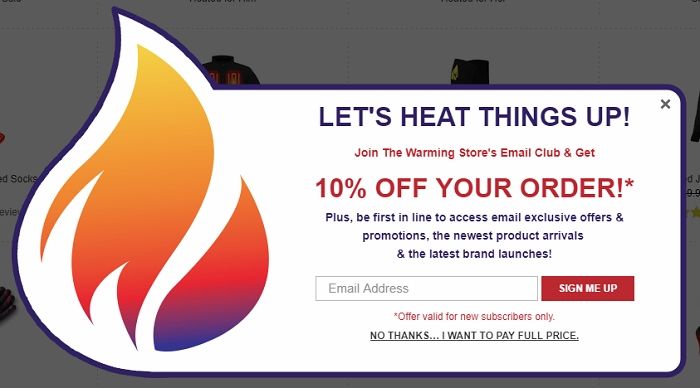
Source: The Warming Store
2. Find the right problem to solve
You know how I said you needed to identify two things before you start building your lead magnet?
I lied.
There are actually three things. But this third one is so important that it's an essential element of its own.
Your lead magnet should be something prospects want. And the best way to do that? Make it solve a relevant problem or help fulfil a relevant desire.
It's that simple.
If you run a health store and you're hearing interest around a new arthritis treatment, that's a perfect topic to explore. If customers tell you they're struggling to know which vitamins they need, that's a great issue to address.
Quick note: if your lead magnet's going to be useful, it needs to be accessible (i.e., people need to understand it). A big part of this is making the language fit the sophistication level of your audience.
If you're dealing with prospects familiar with the industry, the relevant jargon and terminology can show you know what you're talking about. But if your audience is new to you and the field in general, it's better to simplify your language so they don't get lost.
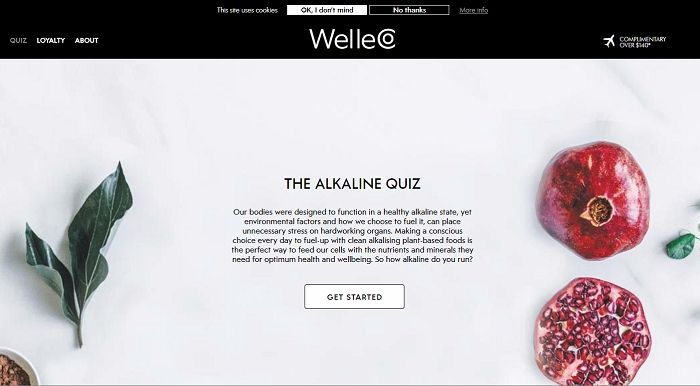
Source: WelleCo
WelleCo sells health supplements, so its "Alkaline Quiz" hits the nail on the head by addressing an issue that health-conscious people are aware of. It's also an effective way for people new to WelleCo—those entering the Awareness stage—to be introduced to the business.
3. Give your prospects a next step
Helping your audience shouldn't end on the final frame or last page of the lead magnet. Instead, give your leads somewhere to go.
A next step means they have somewhere to get more help with the problem they're trying to solve. A lead magnet rarely has all the answers, and even if it does, this opens the lid for new problems to address.
A next step is also a trail that leads closer and closer to your business. Prospects might have opted in to your email list to download a free report, but there's no reason the report can't point them towards a free audit or strategy session. That strategy session may lead prospects to an inexpensive course or consultation (and so on).
This is especially important if you're aiming at prospects in the Awareness or Consideration stage of the Buyer's Journey. Without a next step, you'll lose a lot of your audience, no matter how impressed they were with what you had to say.
Unbounce is software for building landing pages, so their landing page optimization guide is particularly useful. On every page of the guide, the footer has a "Start Your Free 30 Day Trial" button: a big, orange next step for readers to follow.

Source: Unbounce
The last page is a big, bold call-to-action for prospects to start optimizing their landing pages.
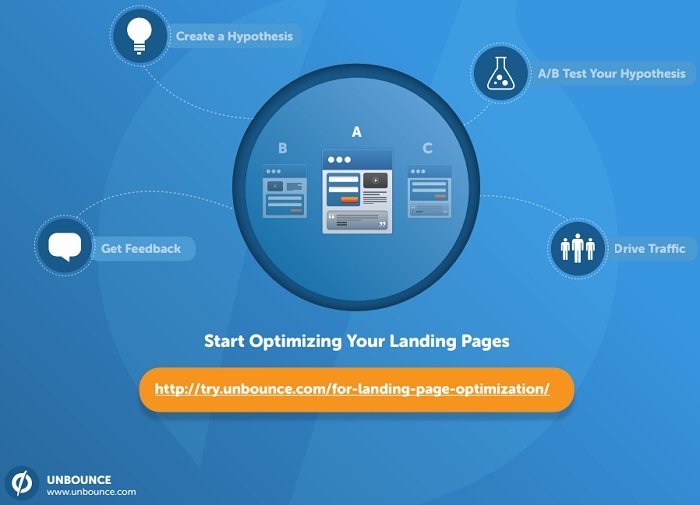
Source: Unbounce
* * *
Which of your lead magnets are you seeing most success with? Do you have other lead magnets that could be improved, using the elements above, to make them more attractive to prospects who find them?




